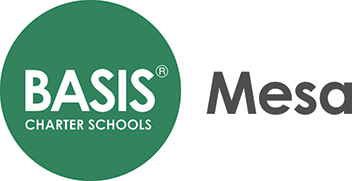2/27/24. Steel Weld Pictures
As I previously thought, the program that I created for turning the steel weld data into pictures wasn’t really that complicated. The actual program itself was only about 20 lines of code, so super basic and simple. I spent most of the time just learning the principles behind what was happening and figuring out which functions to use. After that, it was a matter of properly applying them. One of the main resources I used was Matplotlib, a library of prewritten code in python that is designed for creating graphs, charts, and basically everything that has to do with visualizing images from data. I also had to import other libraries that had the functions for reading through and extracting numbers from excel files, but those weren’t too complicated either.

This is one of the pictures that I was able to create using the visualization program. It’s a 2D rendition of a steel to steel resistance spot weld. Just to understand what’s happening here, a resistance spot welding is a type of manufacturing process where two sheets of metal are welded together by applying heat and pressure with an electric current to certain points. The colors in the pictures are meant to signify the surface height of the weld. The darker and deeper colors indicate that the steel sheet is deeper at those certain points, while the lighter colors represent the opposite.
As for identifying cracks within the steel, I have no clue how that’s done. In fact, I was just informed that this entire subtask has been passed on to another student, so it’s out of my hands now. Yesterday, Hasnaa gave me a new task to help her out with a different project she’s working on, so I’ve moved on to learning how to make a program for cropping images based on contour detection. Looking forward to giving an update on that next post.
